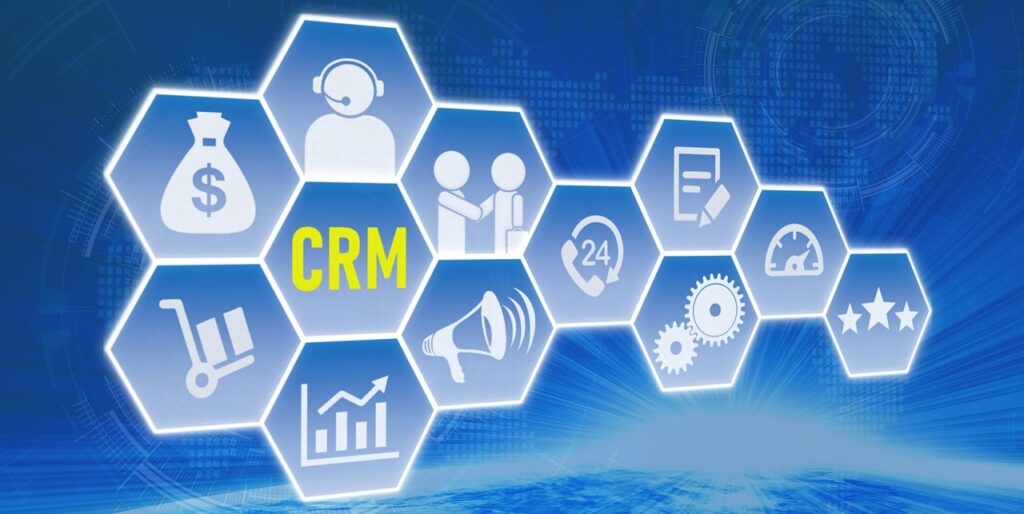CRM systems manage customer data and help teams engage with clients. Today, IoT and automation improve how CRM works. These tools gather data, trigger actions, and boost performance. As a result, they form a dream team for modern CRM. This article explores how this combination increases customer satisfaction and improves business outcomes.
How IoT Delivers Real-Time Customer Data That Matters
IoT refers to connected devices that send data over networks. These devices include smartwatches, home sensors, vehicles, and machines. Each one collects real-time data about users, environments, or product usage.
As an illustration, a connected washing machine can send alerts when parts need maintenance. This data reaches the CRM system, which updates the customer profile. Then, a service request can be created before the machine breaks.
The value lies in speed and accuracy. IoT provides facts as they happen, and businesses can use this data to personalize responses. Besides, this helps reduce downtime, predict needs, and increase customer loyalty.
IoT does not sleep. It supplies fresh insights every moment. This constant input improves the timing and relevance of CRM actions. Customers enjoy faster, smarter responses.
Beyond Communication: How Automation Streamlines Internal Workflows and Financial Operations
Automation in CRM systems does more than manage customer interactions. It also transforms internal workflows that support day-to-day operations. One area where this impact is clear is financial processes.
Automated financial tools integrated with CRM platforms can handle repetitive tasks like billing, invoicing, and report generation. These tasks often consume valuable time and introduce risk through manual input errors. Automation reduces these risks while speeding up execution.
By automating these processes, businesses gain accurate financial insights without delay. Reports are generated in real time. Invoices are issued on schedule. Payments are tracked without manual follow-ups. As a result, teams can shift focus away from routine tasks.
With this in mind, freeing staff from these functions allows more attention to customer engagement and business growth. CRM automation empowers departments to move quickly, make informed decisions, and confidently respond to opportunities.
In fact, businesses that optimize their internal systems often find that they save time with automated finances, boosting both productivity and team morale. These efficiencies prove that the true strength of IoT and automation lies not just in better data, but in freeing up resources for smarter choices.
Automation in CRM: From Data Overload to Smart Action
Data from IoT smart devices flows fast. Human teams cannot process all this information in real time. Automation solves this issue by managing data and acting on it.
CRM automation handles tasks such as follow-ups, routing, and recommendations. With this in mind, consider a temperature sensor that detects heat issues in a product. The CRM system receives this data and creates a service ticket. An automated email is sent to the customer within seconds.
Automation keeps CRM systems responsive. It ensures no task is forgotten. It also enforces consistent service across customer touchpoints. This leads to fewer delays and higher trust.
By automating data intake and action, businesses reduce errors. The system decides what to do and when to do it. Human input becomes optional for many routine actions. This speeds up workflows and improves efficiency.
The Synergy Effect: Why IoT and Automation Are a Dream Team for Modern CRM
IoT collects data. Automation acts on it. Hence, the two tools complete each other. This is why they are a dream team for modern CRM.
For example, smart devices alert the CRM about user behavior or issues. Automation then delivers help, suggestions, or updates based on rules or AI. No manual steps are needed. The system works quietly in the background.
CRM has become more than just a database. It turns into a smart assistant. It knows what customers need and reacts before problems grow. This synergy improves service speed, precision, and personalization. It also helps teams focus on complex issues instead of simple tasks.
Businesses can connect IoT sensors to CRM platforms using APIs. Once connected, rules and workflows can drive automated responses. These include alerts, tasks, and messages. As a matter of fact, this approach changes how teams operate. They move from reactive to proactive. Customers notice the difference.
Challenges and Solutions: Bridging the Tech Gap in CRM Transformation
Deploying IoT and automation in CRM has some hurdles. Data silos block full integration. Old systems may not support connected workflows. Security concerns also slow adoption.
Another key point is team readiness. Staff must understand how the system works and trust automation to take action. Businesses must choose CRM tools with strong integration features to solve these issues. Open APIs help connect devices and platforms. Security can be improved with encryption and access controls.
Training is critical. Employees should know how IoT and automation improve their tasks, not replace them. This creates trust and smoother adoption. In contrast, legacy CRMs lack this flexibility. They need manual updates, which slow down responses and lead to errors. Businesses must evolve or risk falling behind.
Real-World Success Stories: The ROI of a Smart CRM Stack
Many industries now use IoT and automation to drive results. As an illustration, in retail, stores use smart shelves to track product levels. When an item runs low, the CRM alerts staff or triggers reorders.
In healthcare, wearable devices send patient data to CRM systems. This helps doctors respond to issues faster. It also allows better tracking of patient care. In logistics, sensors track package conditions. If a box is exposed to heat, the CRM flags it for review. An automated message updates the customer before they ask.
Some companies report a 30% increase in customer satisfaction due to faster service. Others see fewer complaints and higher retention. Smart CRM stacks reduce manual work. They also offer more chances to upsell based on usage data. The result is higher revenue and lower service costs.
The Future Belongs to Smart, Agile CRM Systems
IoT and automation enhance CRM tools by making them smarter and faster. This is why they are a dream team for modern CRM. In short, IoT delivers the data, and automation applies it without delay. Together, they transform how companies serve customers.
Businesses that embrace this combination improve their speed, accuracy, and customer relationships. Those who ignore it will struggle to keep up. The future of CRM is smart, connected, and fast.



